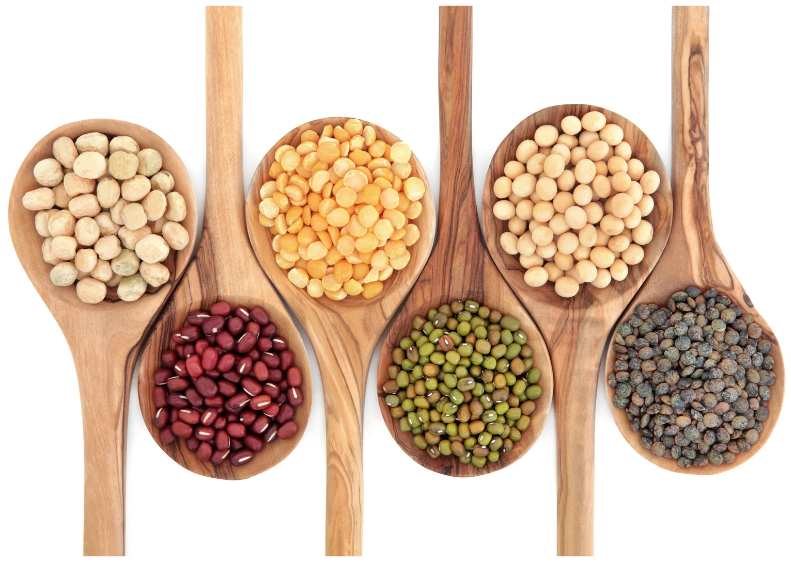India’s Rising Pulses Imports
India, despite being a major producer and consumer of pulses, has seen a significant increase in pulses imports in the 2023-24 fiscal year. Imports have nearly doubled to USD 3.74 billion, with shipments have surpassed 45 lakh tonnes, compared to 24.5 lakh tonnes in the previous year. The government is taking various measures to meet domestic demand and keep prices in check, including negotiating with new markets like Brazil and Argentina for long-term import contracts.
Government Initiatives and Import Sources
To ensure a stable supply of pulses and control prices, the Government of India has allowed duty-free imports of yellow peas until June 2024 and duty-free imports of arhar and urad until March 31, 2025. Additionally, the government has contracted with Mozambique, Tanzania, and Myanmar to import pulses. Over 20,000 tonnes of urad will be imported from Brazil, and negotiations are in the final stages to import arhar from Argentina.
Inflation Concerns and Government Actions
With the ongoing election process, pulses inflation is a major concern for the government. Recent figures suggest pulses inflation at 17% in March and 19% in February 2024. To keep prices in check, the government imposed stock limits on pulses on April 15, 2024, and has asked states to be vigilant against hoarding.
Domestic Production Challenges
Despite various incentives provided by the government, such as guaranteed purchases and higher Minimum Support Prices (MSP), domestic production of pulses has declined in the last 2-3 years. The Agriculture Ministry estimates suggest that pulses production in 2023-24 will be 234 lakh tonnes, down from 261 lakh tonnes in the previous year. Pulses production had increased from 230.25 lakh tonnes in 2019-20 to 273.02 lakh tonnes in 2021-22 due to government incentives but declined to 260.58 lakh tonnes in 2022-23.
Factors Affecting Domestic Production
Several factors have contributed to the decline in domestic pulses production, including:
- Erratic weather conditions in major pulses-producing states
- Shift in cropping patterns due to better returns from other crops
- Pest and disease outbreaks affecting yield and quality
- Inadequate post-harvest storage and processing infrastructure
Government is working towards improving domestic production through various initiatives such as promoting the adoption of high-yielding varieties, expanding irrigation facilities, and strengthening the pulses value chain. However, the country is likely to remain a significant importer of pulses in the near future, given the challenges faced by the domestic pulses sector.
Month: Current Affairs - April, 2024
Category: Economy & Banking Current Affairs








